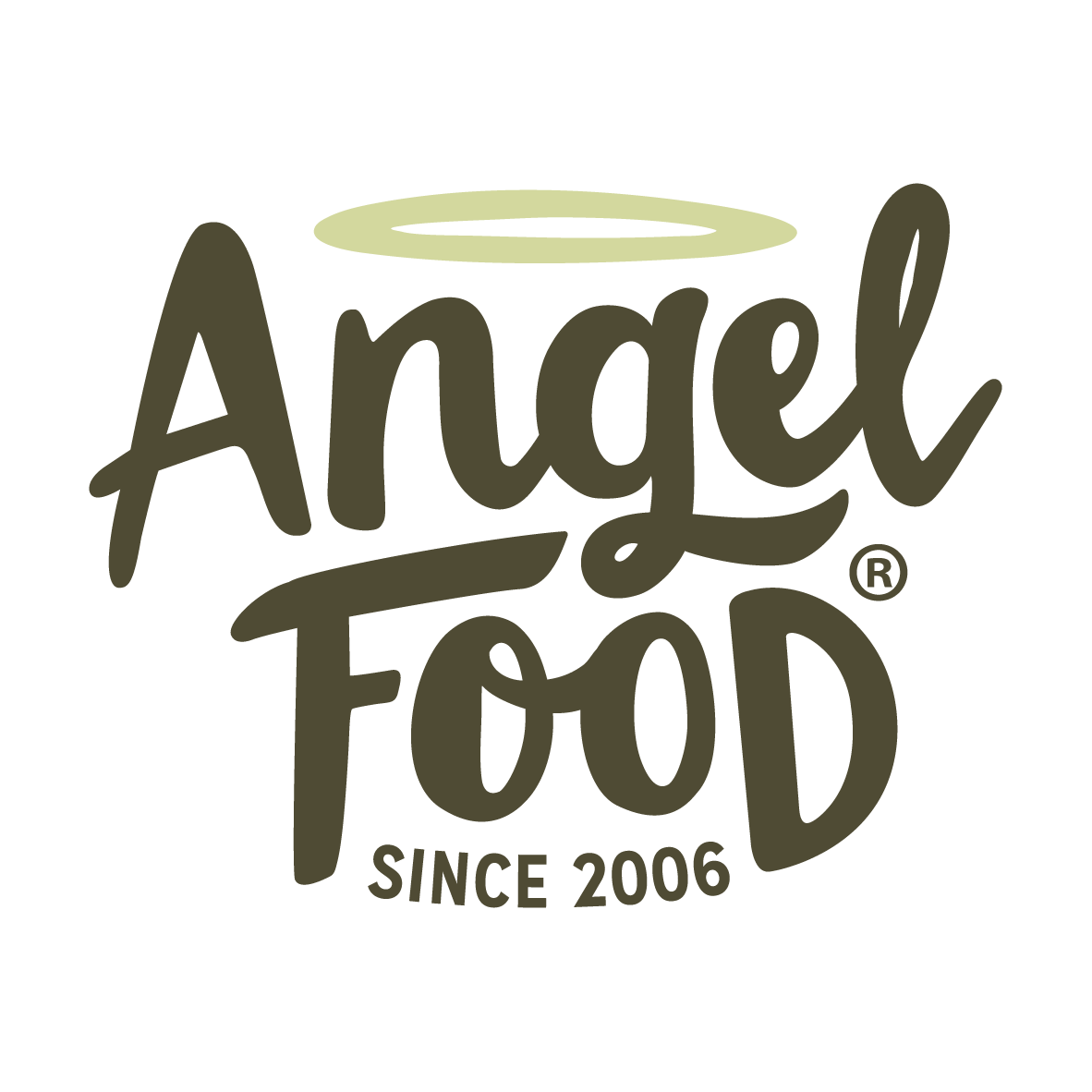Vegan for the environment
January 21, 2025
By Alice Shopland, founder of Angel Food
I’m marking Veganuary 2025 by publishing a blog post a day.
I cringe to remember how, in my early days of being vegan, I said, “It’s great that veganism is better for the environment, but I would be vegan even if it was worse for the environment”.
My cousin recently told me about her colleague, irritated by their workplace’s efforts to be more environmentally friendly, saying, “I don’t care about the environment.” My thought: “In that case, honey, you don’t understand what the environment is.” And I think the same about my “even if it was worse” stance from 20 years ago. We had the luxury back then of human impact on the environment feeling more abstract than it does now. Already human-induced climate change is causing havoc and hardship around the world, and I can hardly bear to think what climatic, political and social challenges my beloved grandchildren will face in the coming years.
In about 2015, right when we were launching the first iteration of our mozzarella, there was a big shift in the public perception of the dairy industry in Aotearoa New Zealand. A few years earlier I’d been called a traitor to my country by someone at a food show because I was promoting dairy-free products. Now research was showing that something even more sacred than the dairy industry was at risk: most of our rivers and streams were too polluted to swim in, and the finger was being pointed at run-off from animal agriculture, especially dairy. (I’m currently living in Northern Ireland where one of the huge environmental issues is the pollution and blue-green algal blooms in Lough Neagh, which is the United Kingdom’s largest lake and supplies 40% of Northern Ireland’s drinking water. It is being blamed on run-off from animal agriculture and poorly managed sewage works.)
Dairy cheese is concentrated cows’ milk, with each kilogram of cheese requiring 10 litres of milk. Cattle are huge animals, and their inputs and outputs are similarly massive in scale. Fertilisers are heavily applied to pasture to increase grass growth so cows can make more milk; excess fertiliser, as well as urine and faeces from the cows, runs off into the nearest waterway. Because of their digestive systems, cattle produce a lot of methane, a far more damaging greenhouse gas than carbon dioxide. A lot of money is going into research to reduce the amount of methane cattle produce; research that often involves cruel invasive procedures such as plastic access portals inserted into the cows’ flanks.


